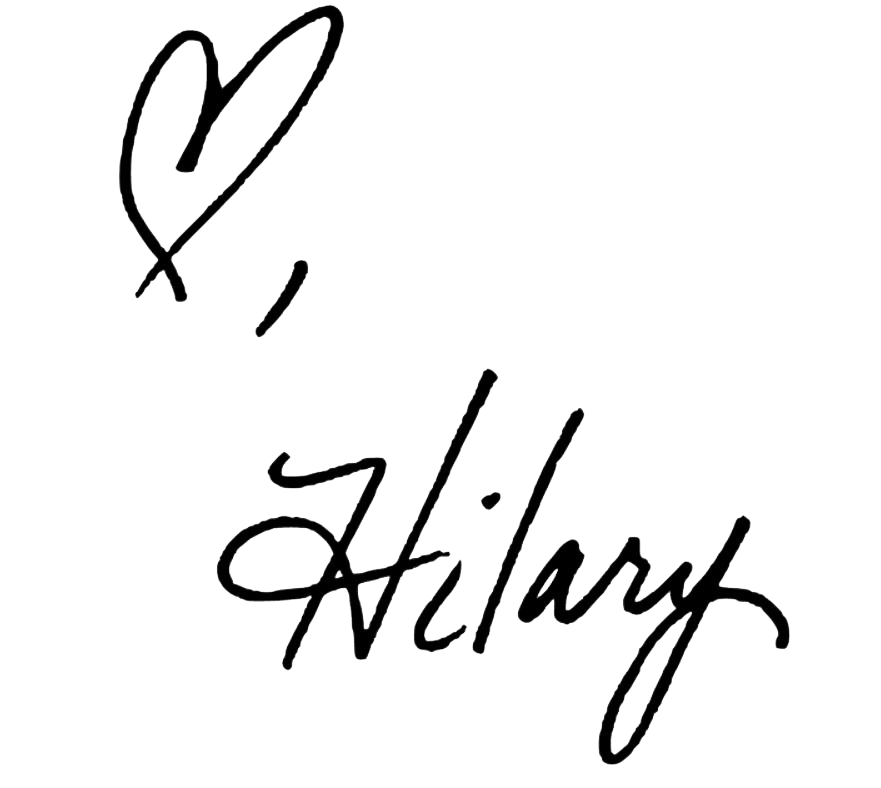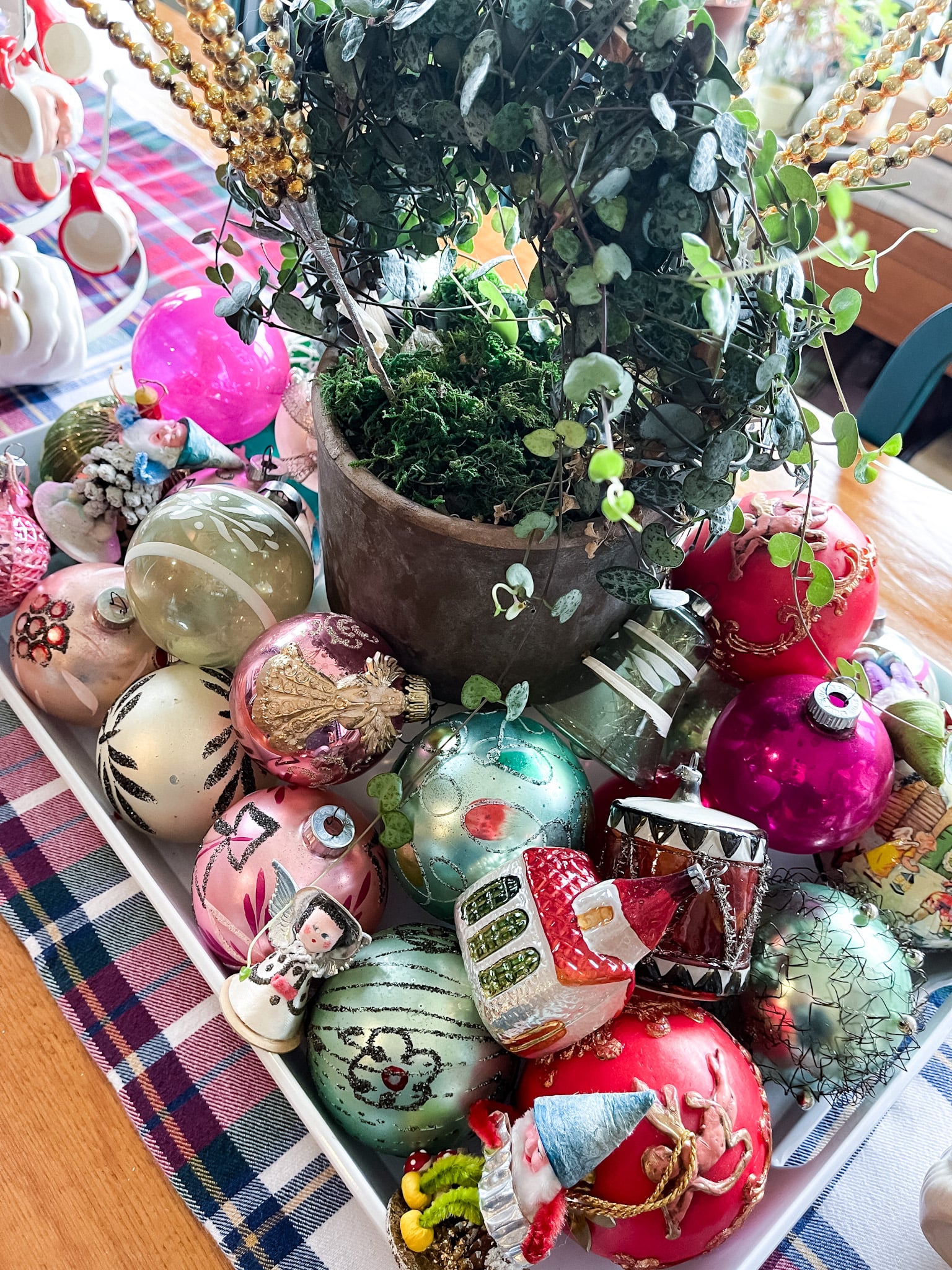How to Style a Picture Ledge
The space above our bed has been pretty empty and lackluster for a while. We don’t have a headboard and we couldn’t seem to land on one that we both like. I recently had our handy friend Sam (Elrod Timber) come over to quote some things in the rest of the house, and decided to have him measure for a picture ledge over our bed. I wanted it to be as wide as the bed itself and deep enough that I could put a plant (or three) on it. Once I got the quote back, I knew I wanted to move forward with it. We don’t have a ton of display space in our house, so any way I can add it is a win for me! Also…now I don’t think we even need a headboard—and the cost of the picture ledge was so much less than purchasing a headboard would be!
Sam installed the picture ledge a few weeks ago and it was love at first sight. I didn’t really want to spend any money on décor for it, so I shopped our house instead. I did end up purchasing three new plants, but they were so inexpensive…they almost paid me to buy them! But seriously…wouldn’t that be an amazing thing to happen??



As I shopped my stash for things to use on the picture ledge, I grabbed whatever I thought would work…knowing not everything would be used.
Things I reached for:
-art
-books
-sculptural pieces
-items to elevate height
-baskets/textural pieces
-greenery (faux or real)
-pieces that varied in size
Once I had everything corralled that I thought I could use on the picture ledge, I laid them all out to see how they might work together. This is how a lot of my displays start…especially gallery walls! (You can read my Tips + Tricks for Gallery Walls HERE.) With everything laid out together, I’m able to get an idea of whether I’m missing anything or if I need anything of a different size or texture. Since I felt like I had a good collection of items already, I was able to jump right into styling the picture ledge.

While I didn’t have an exact plan for how this particular project would work out, I do have a certain method for how I style a longer floating shelf or picture ledge, so I knew this project wouldn’t be any different.
6 Steps for Styling a Picture Ledge (or Floating Shelf):
1. Start with the bigger pieces—Artwork, larger sculptural pieces (corbel), or mirror
2. Create an overall triangle shape with the tallest items—Mine is a bit off-center, starting with the mirror, but you can tell that on either side of it, the items get shorter as you move out toward the ends of the shelf. This shape is pleasing to the eye and helps to create a sense of balance, even though there’s a mix of items and none is the same on either end.
3. Work in groups of three—While all the pieces seem to flow together, if you look closely, there are distinct groups of three as your eyes move across the shelf.
-Books, plant in basket, letter “P”
-Two portraits and plant
-Mirror, tulip art, cupcake stand with plant
-Portrait, corbel, pop bottle
4. Create different levels of height—Within each grouping of “three,” I wanted everything to have different heights. I try to think of the story of Goldilocks and the Three Bears—don’t let the difference in height be too much or too little, but instead, just right. It’s hard to know for sure what the heights need to be, as I find it depends on what the items are. Instead, put groupings together, step back, and see if they create a cohesive group. Maybe something needs a little boost? I try to keep books, small boxes, and cupcake stands on-hand for just this reason. You can see in the first grouping that the two books propping up the plant make it just tall enough to work with the letter “P.” If the books weren’t there, the plant and the letter “P” would be exactly the same height—boring. The same thing with the plant in front of the mirror. Without the cupcake stand, it would look a bit frumpy—also, it would have been the same height as the plant in the middle…which we don’t want!
5. Balance color and texture—Most of my pieces are all in a neutral palette, but if you have just a couple pieces that stand out as extremely light or dark, you’ll want to make sure that they’re balanced on the shelf. If you only have one that stands out, try placing that toward the middle, so the eye will go to it and work outward. The same goes for texture—try balancing the pieces you have across the shelf, rather than concentrated in one area.
6. Step back and take a picture—My displays almost never land perfectly the first time. Arrange your items and then take a step back and snap a pic. Seeing the shelf from further back will help you to take in the whole scene…not just the small one right in front of you. A picture, even though, it’s the same view, gives you a different perspective. It makes it so much easier to see what needs to be tweaked, what’s not working at all, and where you might need to add a little something.


The goal of creating a shelf display is to make it enjoyable to look at, and to make it easy for the eye to work across the collection, without getting too caught up on one spot. The items on my picture ledge work cohesively to create a large display…and individually to create separate points of interest.
It doesn’t really matter what you’re putting on your picture ledge or floating shelf, if you’re following my 6 steps! You’ll be amazed at how easily you’ll be able to create displays that you love, now that you have some guidelines for how to do it. Happy decorating!





